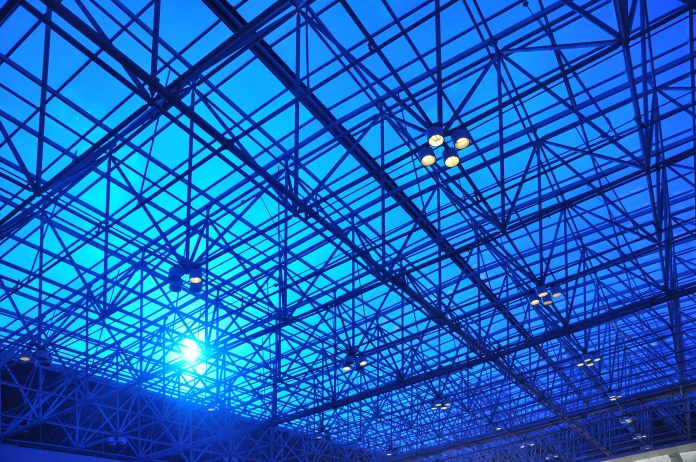In this article, Richard Hyams, Director at Astudio, discusses how technology is revolutionising architecture and the design process
The principles that define architectural design, from balance to contrast and alignment never change, but how this is translated in the creative process is always evolving. While the pen-to-paper design is the traditional and creative starting point for many architects, some are starting to venture beyond the realm of two-dimensional design. From driving efficiency and precision in the design process with machine learning software, through to ensuring you make the most of space using virtual reality (VR) capabilities, technology has huge ramifications for both architectural design and construction.
Optimising the design process
No amount of data plugged into machine learning software will take away from the imagination of an experienced and innovative architect, but it is increasingly helping to optimise the design process, allowing for greater efficiency, precision and ultimately, quality.
Using the vast amount of data made available by technology, AI can test a range of design ideas, taking into consideration a variety of factors from demographic to material data. This can generate a range of options that best meet the requirements of a design brief, all the while calculating cost and timeline estimates. In short, AI technology reduces the time spent by architects fine-tuning minor details, allowing for greater time on creativity and innovation.
Uniting client requirements with the architect’s vision
Being able to truly visualise a design is another benefit made possible by recent advances in technology. Using VR, architects are now able to take their clients “inside” their designs, walking through the project in a fabricated reality, and even actively making changes to design while inside the simulation. Being able to bring a design to life doesn’t stop there – technology has allowed architects to superimpose their design onto a real open space so that a client can appreciate the practicality of their ideas.
Realistic visuals are just one component of the design process aided by the evolving capabilities of VR. By being able to “step inside” a design, an architect is able to assess the practicality and feasibility of the project. Considering practical issues such as accessibility and safety standards, as well as components with aesthetic value such as natural light, technology can unite an architect’s creative ambition and a client’s brief with modern standards.
Sustainable architecture
Buildings and construction together account for over a third of global energy use and nearly 40% of all CO2 emissions. Architects can reduce the environmental impact of buildings by streamlining the design-to-construction process, using AI analysis to assess energy output, identifying materials and spatial designs to reduce energy consumption while retaining a high quality of life.
Meanwhile, construction methods such as offsite modular can reduce the project timeline, as well as consumption and waste produced in the construction process without sacrificing quality. As housing demand continues to rise, particularly in the UK, offsite modular construction methods is proving to be an answer not only to delivering on-demand but delivering developments more sustainably.
Today’s technologies are evolving at pace, with huge impact across all sectors and architecture is no exception. AI is allowing architects to quickly and effectively test design ideas, while virtual reality is also bringing designs to life to help ensure the quality of a finished project. Beyond design, fast-paced changes to technological capabilities in construction are driving greater efficiency and cost-effectiveness, all while ensuring more sustainable development. As our industry begins to capitalise on these changes, we must seize our chance to ensure greater creativity, precision and innovation for the projects of the future.











